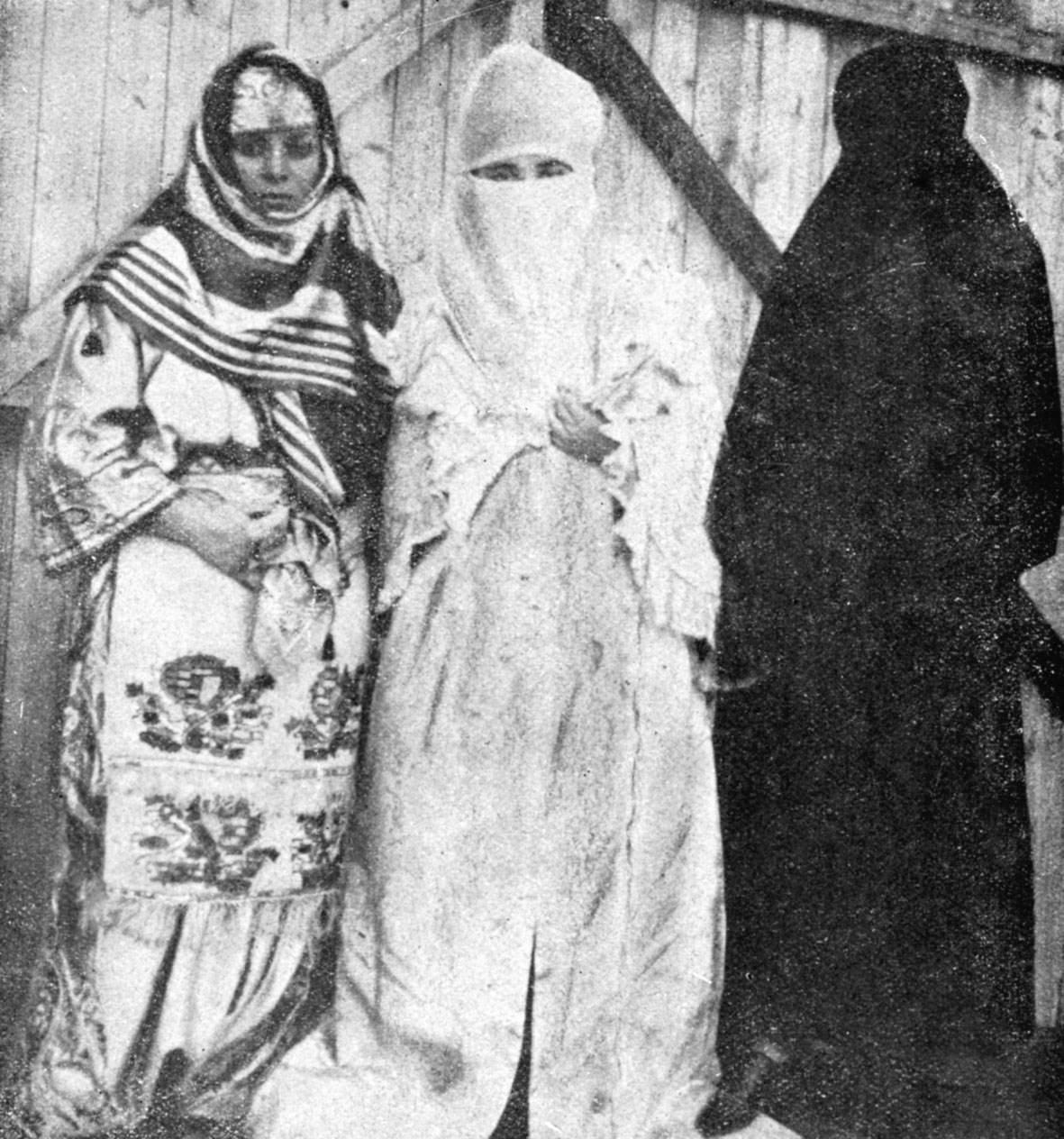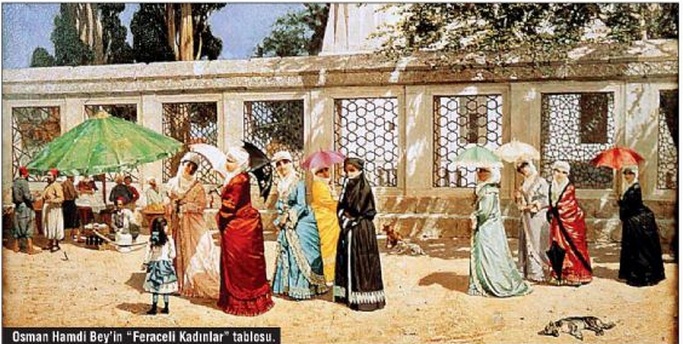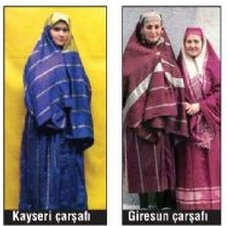
HOW DID WOMEN VEIL, AND THEN HOW WERE THEY UNVEILED…
According to newspapers, the country where wigs are sold the most in the world is Israel. Some may wonder why. There is a simple reason for this. In the Jewish religion, it is mandatory for women to cover their heads. Devout Jewish women try to fulfill this command at least to some extent by wearing wigs. Indeed, the Torah clearly states that women should not be seen by men other than those they are married to and they should conceal their beauty and adornments from them.
It is narrated that when a stranger man appeared before the wife of the Prophet Isaac (peace be upon him), she thoroughly covered her face. In Islam, the situation is not much different. In the Jewish religion, when women go to the synagogue, they worship in places designated and separated for them, without mingling with men. Unlike in Islam, women in Judaism are not counted as part of the congregation in collective worship.

Why Was Joan of Arc Burned to Death?
Similar orders are found in the Bible. In Paul's First Letter to the Corinthians, women are instructed to cover their hair or cut it short while praying (Chapter 11, verses 5-7). For this reason, Christian women have traditionally covered their heads throughout history. In recent centuries, head coverings have been replaced by hats and bonnets that fully cover the head. It was considered inappropriate for a woman to go out with her head uncovered or to sit in public places with her head uncovered.
In countries with a strong Catholic presence like Italy and Spain, as well as Orthodox countries like Russia, Greece, Bulgaria, and Serbia, it is almost impossible to find a woman without her head covered, especially in rural areas. During the Ottoman era, Greek, Armenian, and Jewish women, like Muslim women, also covered themselves when they went out.
The Torah also prohibits women from wearing men's clothing and men from wearing women's clothing. One of the reasons for the execution of the mystic heroine Joan of Arc, who led the French nation to victory by inciting an uprising against the English, was her constant wearing of men's clothing.
Heart Embroidered on Silk Chadors
Whether to conceal oneself from curious or malicious eyes or to prevent hair from falling into food, the headscarf has been a significant accessory in women's clothing throughout history. Ottoman women wore a garment similar to today's overdress called a "ferace" and covered their heads with a scarf called "yeldirme," while also hiding their faces from curious eyes with a thin veil called a "yashmak."
The chador was brought to Istanbul during the reign of Sultan Abdulhamid II by the wives of the governor of Damascus, Suphi Pasha. [Suphi Pasha was the father of the famous republican ideologue Hamdullah Suphi Tanrıöver.] Due to its affordability and practicality, it quickly became fashionable.
The yashmak was replaced by a thin veil. Although the government was concerned about public safety, fearing that criminals might disguise themselves by wearing chadors, they couldn't stop the spread of the chador. However, chador-clad women were not accepted in the palace. Those who frequented the palace continued to wear the ferace.
Black silk chadors gradually became colorful over time. Striped, checkered, and noir patterned chadors emerged. Women managed to be stylish in this attire. Two-piece caped chadors appeared.
After the establishment of the Republic, their length shortened. Slits were added. The Tango-style headscarf, tied from the nape of the neck, became fashionable. However, women never walked around unveiled. With the freedom of clothing that came after the Republic, some women began dressing like Europeans. Some female teachers preferred tightly fitting hats that covered their heads.

Turban or Headscarf?
The conservative segment of society wore chadors for a while. Over time, some of them preferred wearing a coat and headscarf. Some transitioned to a head covering called turban, of Indian origin, which covers the head but leaves the neck exposed like a headwrap. Some insisted on wearing black chadors.
The people of Anatolia preserved their local attire, covering their heads and sometimes even their faces completely. For example, in Erzurum, they wore "ehram," in Konya "shalvar-atkı," in Rize "peshtmal," in Diyarbekir "jar," and in Bursa "ferace" continued to be worn.
Indeed, the people of every Muslim country dressed according to the customs of their neighborhoods. Islam did not prescribe specific clothing; it only emphasized covering certain parts of the body. The "chador" of Iran and the "burqa" of Afghanistan are famous. It would not be expected for a woman from Malaysia and a woman from Nigeria to wear the same attire.
Önceki Yazılar
-
FRIENDS OF ENGLAND ASSOCIATON24.04.2024
-
THE ASIA MINOR CATASTROPHE OF GREEKS17.04.2024
-
HOW CAN HISTORY BE BELIEVED?3.04.2024
-
THE OFFICIAL MADHHAB OF THE OTTOMAN EMPIRE27.03.2024
-
WHO ORDERED THE PLUNDER OF ISTANBUL?20.03.2024
-
THE PLAYS BANNED BY SULTAN ABDULHAMID IN EUROPE13.03.2024
-
WHAT WAS THE MISTAKE OF THE UMAYYADS?6.03.2024
-
UNRAVELING THE UMAYYAD PERIOD: TRIUMPHS, TRAGEDIES, AND TRUTHS28.02.2024
-
OTTOMAN PENAL CODE AND HOMOSEXUALITY21.02.2024
-
WHAT IS LAICISM? WHAT IS IT NOT?14.02.2024